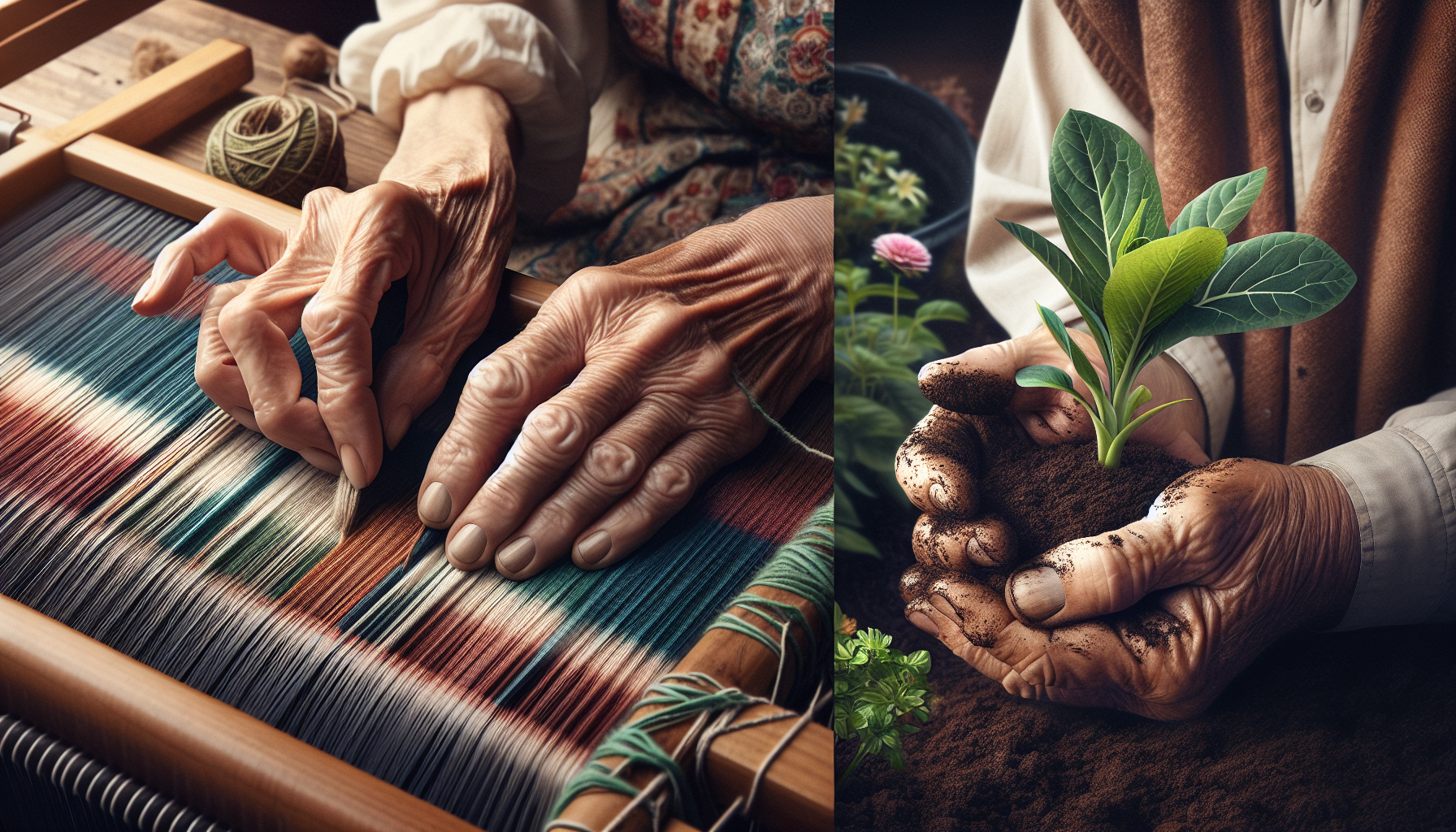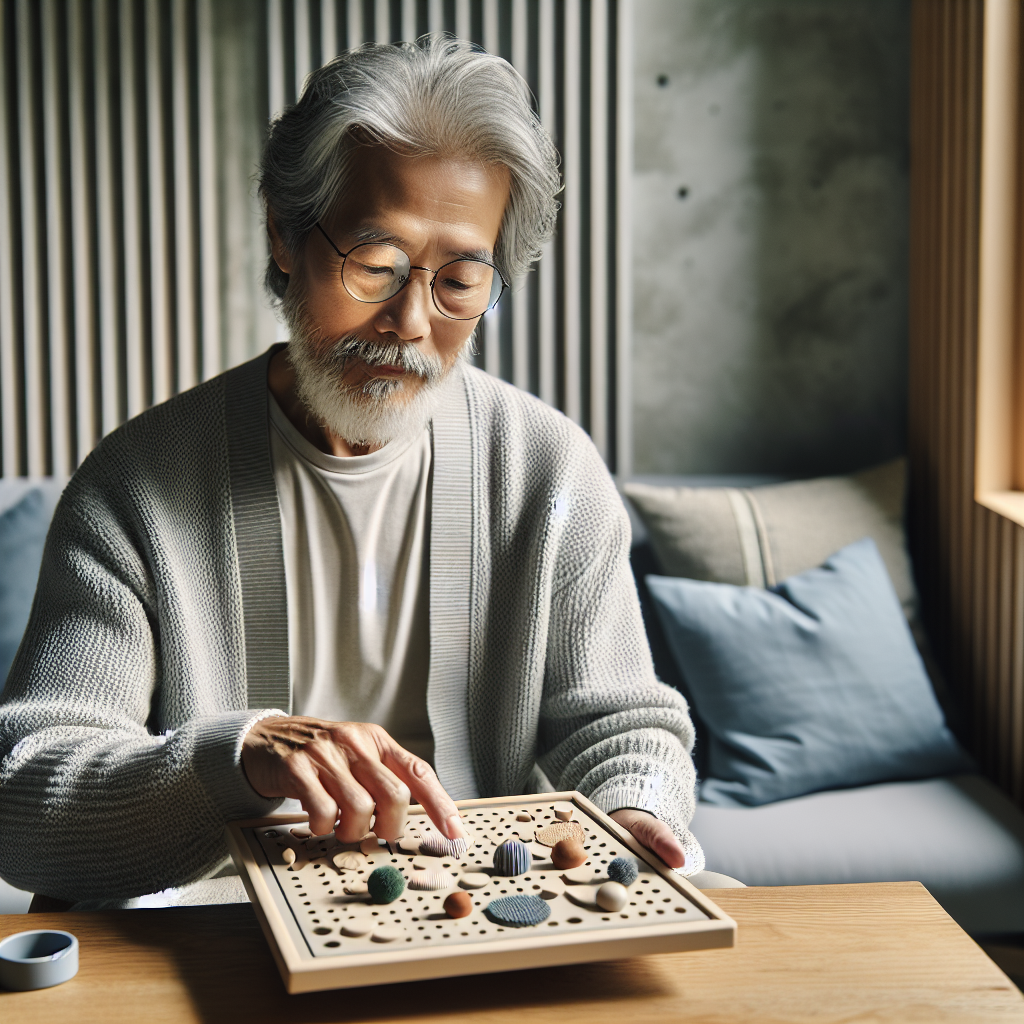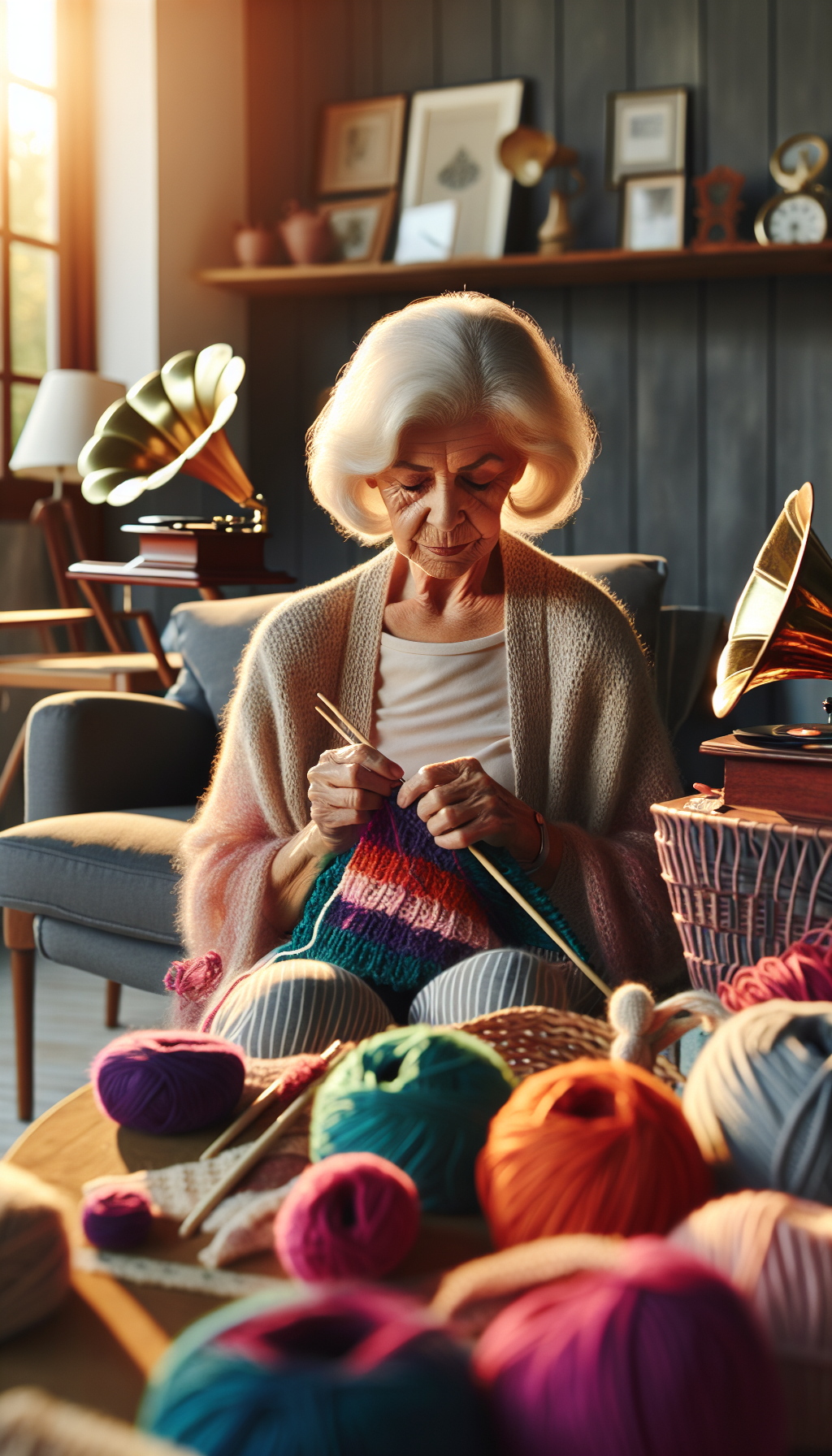Sensory stimulation plays a critical role in maintaining the physical, emotional, and psychological well-being of elderly individuals. As we age, our sensory systems often decline, which can lead to a reduced quality of life and increased risks for certain health conditions. Understanding and implementing sensory stimulation in elderly care is not just beneficial—it’s essential for promoting longevity and enhancing life satisfaction.
Understanding Sensory Health in the Elderly
Sensory health encompasses multiple systems, including vision, hearing, touch, taste, and smell, that work together to help us interpret and respond to our environment. For the elderly, sensory health is a cornerstone for effective interaction with the world around them. It allows for the maintenance of social connections, the ability to enjoy life’s pleasures, and most importantly, the means to communicate needs and desires.
Changes in sensory functions can have profound effects on an elderly person’s quality of life. Diminished hearing can lead to social isolation, decreased vision may result in safety concerns, and altered taste or smell can affect nutritional intake and enjoyment of food.
Sensory Stimulation in Elderly Care
Sensory stimulation refers to the use of everyday activities and specialized techniques to engage the senses. This can involve anything from listening to music, gardening, tactile activities like knitting or pottery, aromatherapy, or tasting a variety of flavors. The goal is to provide sensory inputs that can help maintain or improve sensory processing and cognitive function.
For those in elderly care, especially individuals with dementia or other cognitive impairments, sensory stimulation is a powerful tool. It can evoke positive memories, reduce agitation, and provide a non-verbal means of connection.
The Benefits of Sensory Stimulation
Engaging the senses can have a multitude of benefits for the elderly:
-
Enhanced Memory and Cognition: Activities that stimulate the senses can help to maintain and even improve cognitive abilities. For example, music has been shown to evoke memories and emotions, which can be particularly beneficial for individuals with Alzheimer’s disease or other forms of dementia.
-
Improved Physical Health: Sensory activities can encourage movement and physical activity, which is vital for maintaining muscle and bone health in the elderly.
-
Social Interaction: Group activities provide opportunities for social interaction, which is crucial for mental health and can help prevent feelings of loneliness and isolation.
-
Emotional Well-being: Positive sensory experiences can decrease stress and anxiety, promote relaxation, and lead to overall improvements in mood.
-
Communication: For those who may struggle with verbal communication, sensory stimulation can provide alternative ways to express feelings and engage with others.
Implementing Sensory Approaches in Dementia Care
For those with dementia, sensory approaches in care are particularly important. These individuals may experience sensory processing issues, making it difficult for them to interpret and respond to sensory information. Tailored sensory activities can help reconnect them with their environment and improve their quality of life.
Some of the effective sensory stimulation activities for dementia care include:
-
Music Therapy: Playing familiar music can trigger recollections and stimulate cognitive function.
-
Aromatherapy: Certain scents can have a calming effect and can be used to reduce stress or agitation.
-
Tactile Activities: Objects with varied textures can be used for touch-based stimulation, which can enhance motor skills and provide comfort.
-
Visual Aids: Using bright colors and high-contrast images can help those with visual impairments to engage with their surroundings.
-
Gardening: This provides a multisensory experience that includes touch, smell, and even taste, while also offering the benefits of physical activity.
Creating a Multisensory Environment
A multisensory environment can be extremely beneficial for elderly care. This involves creating spaces that stimulate multiple senses simultaneously and can be adapted to individual needs and preferences. Creating such environments can support learning and development, not just for those with disabilities, but also for the elderly.
Some elements of a multisensory environment include:
- Soft, tactile furnishings
- Calming visual projections or lighting
- Background music or nature sounds
- Scented plants or diffusers
Sensory Stimulation at Home
Incorporating sensory stimulation into daily routines at home can be a simple yet effective way to support the elderly. Strategies for managing sensory sensitivities can include creating a sensory-friendly space, using adaptive devices for sensory impairments, and engaging in regular, sensory-rich activities.
Examples of home-based sensory activities include:
- Listening to a variety of music or audiobooks
- Cooking or baking to engage the senses of taste and smell
- Crafting or other hands-on hobbies for tactile stimulation
- Watching nature documentaries or virtual tours for visual engagement
External Resources for Further Reading
While this article provides an overview of the role of sensory stimulation in elderly care, there are many niche resources available for those interested in learning more:
- The American Occupational Therapy Association offers resources on how occupational therapy can support sensory health in the elderly.
- The Alzheimer’s Association provides information on sensory activities specifically beneficial for individuals with dementia.
- The Eden Alternative is a movement aimed at improving the lives of the elderly by transforming the environments in which they live.
Incorporating sensory stimulation into elderly care is not just about enhancing quality of life; it’s about respecting and valuing our elders by acknowledging the importance of their sensory experiences. It’s about creating environments and opportunities that allow them to connect with the world around them in meaningful ways. In doing so, we can help ensure that their golden years are lived to the fullest.



